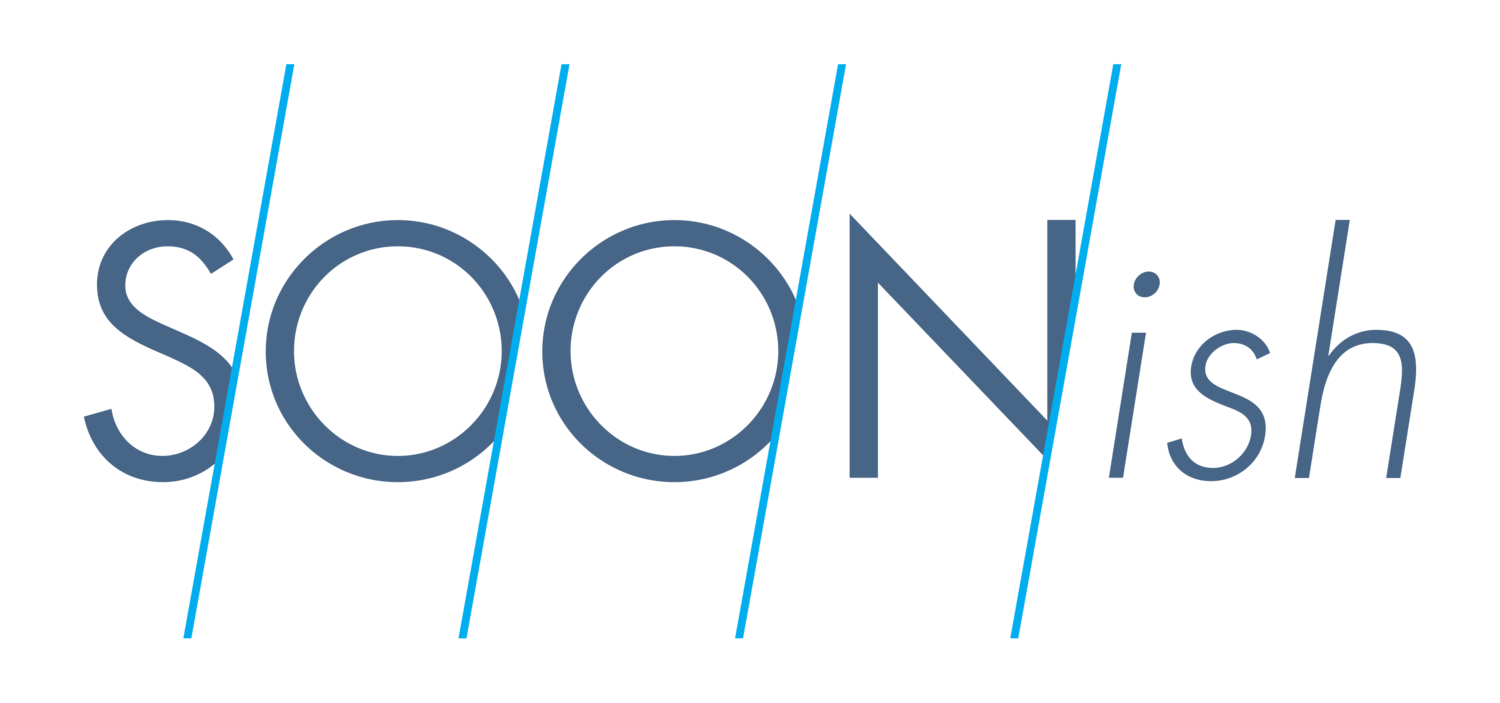2.08 | 06.18.18
2001: A Space Odyssey qualifies as “hard” science fiction. Star Wars definitely does not. What’s the difference? And why does the difference matter?
Those are the big questions in this week’s episode of Soonish, which celebrates the May 2018 release of Twelve Tomorrows. It's an anthology of original hard sci-fi short stories that I assembled and edited for MIT Technology Review and the MIT Press.
This year’s edition of Twelve Tomorrows is the fifth since 2011, but the first to be published in cooperation with the MIT Press. And it’s the first big fiction project I’ve ever worked on. In this week’s show I explain how I got involved in the project, and why hard science fiction matters. And I introduce you to four of the 11 authors who wrote stories for the book.
Now, to be clear, I’m a journalist, and Soonish is very much a nonfiction podcast. I find real scientists and inventors and entrepreneurs and I get them to help me explore how technology is going to shape our world in the future.
But here’s the thing: I think science fiction can do the same thing, just in a different way. The key is to stay faithful to the known rules of science. That’s what hard science fiction is: fiction that’s inspired by the hard sciences. It shows you near-future worlds where technology has advanced in some interesting way, but everything else is still as realistic and accurate as the author can make it. This formula gives the writer the opportunity to explore the possible impacts and meanings of current-day technology trends, without having to stay absolutely true to current events.
For a case in point, look at the film 2001: A Space Odyssey. Director Stanley Kubrick and screenwriter Arthur C. Clarke went to great trouble to make the technology depicted in the movie plausible and realistic. They were placing a bet, from their vantage point in 1968, on what the real world would look like by the year 2001. Because the predictions in the movie were so detailed, they turned into touchstones for a generation of moviegoers. So it’s useful to ask why so many of the predictions turned out to be wrong—which is exactly what I did in in the pilot episode of Soonish in 2017.
For that episode I interviewed my friend Jason Pontin, at the time the editor-in-chief and publisher of MIT Technology Review. I knew he had started the Twelve Tomorrows series to promote hard science fiction, a genre that he feels has been under threat of extinction ever since Star Wars. But I didn’t know that the conversation would soon lead Jason to offer me the assignment to edit the next edition.
It was an unusual choice. The last two editions of Twelve Tomorrows, in 2014 and 2016, were edited by a bona fide science fiction writer: Bruce Sterling, one of the founders of the cyberpunk genre. But at least I know my way around technology. Also, I brought the enthusiasm of a newbie to the project. It was great to have a job-related excuse to read a horde of contemporary science fiction stories and novels. And I enjoyed the challenge of learning the mechanics of short story writing, and of working with award-winning authors to make their amazing stories even better.
This episode features audio from
my December 2016 interview with Jason Pontin
a June 5, 2018, book launch event (video here) at the MIT Press Bookstore where contributing authors Elizabeth Bear, Ken Liu, and Lisa Huang talked about the differences between hard science fiction and other forms of science fiction and read from their stories
Nnedi Okorafor's remarks at Beyond the Cradle, an MIT Media Lab conference on the future of space exploration.
All of the material circles around the question of what hard science fiction is good for, and why it’s worth writing and reading.
The answer in one word: realism. If a story seems scientifically plausible, it’s easier for readers to imagine how the technological changes explored in the story might play out in their own lives. That’s not a criticism of “softer” genres of science fiction and fantasy, which can illuminate the human condition in their own way. It’s just an argument that writing, or seeking out, sci-fi that’s rigorous about science can often be well worth the effort.
Mentioned In This Episode
What If Star Wars Never Happened? Polygon, June 7, 2018
See Also
VIDEO: Meet Three of the Twelve Tomorrows Authors
Soonish Episode 1.01, How 2001 Got the Future So Wrong
Beyond the Cradle 2018: Envisioning a New Space Age
Elsewhere at Hub & Spoke
Culture Hustlers: Crimson Bikes
Hi-Phi Nation: Season 2, Episode 8, Willful Acts
Iconography: The Citgo Sign and the Boston Marathon
The Lonely Palette: Episode 30: Donatello's Madonna of the Clouds (ca. 1425-1435)
Ministry of Ideas: Episode 15, Tomorrow, Today
Music
The Soonish theme is by Graham Gordon Ramsay.
All additional music in this episode is by Joel Roston and Andrew Willis of Titlecard Music in Boston.
Special Thanks
The 2018 edition of Twelve Tomorrows, and this podcast episode, would have been impossible without the help of: Amy Brand, Susan Buckley, Kathleen Caruso, Kip Clark, Marge Encomienda, John Jenkins, Colleen Lanick, Jermey Matthews, Elizabeth Moore, Joseph Fridman, Michèle Oshima, Mark Pelofsky, Jason Pontin, Mark Pontin, Graham Ramsay, Jeremy Solomons, Noah Springer, and all of the contributing authors.
The Nnedi Okorafor audio from MIT’s Beyond the Cradle conference is used under a Creative Commons Attribution 4.0 License.
The space art in the episode logo is courtesy of James Vaughan, aka X-Ray Delta One on Flickr.
To help support Soonish financially, please listen to the show on RadioPublic. It's free and easy to use, and now RadioPublic pays podcasters every time you listen in the app!


